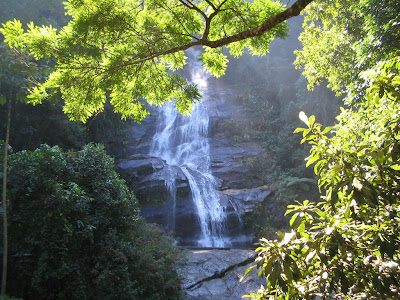Pollution means dirt, degradation, contamination, illness.
Nowadays, pollution is the biggest problem that threats the Earth! It is the cause of other many environmental problems like the increasing of the greenhouse effect, global warming (that were already mentioned in previous posts).
There are different types of pollution. The most important are soil pollution, air pollution and water pollution.
Soil pollution is caused by rubbish that people throw out their house, their street, their city gardens, from the car windows...
Air pollution results from gas emissions or solid particles in the atmosphere. It can cause the degradation of ecosystems due to the launch of numerous substances and it does not respect borders. This type of pollution can lead to the increasing of the greenhouse effect, to climate change, to the decline in air quality, to health problems in living beings and various respiratory diseases, various types of cancers, among others.
There are different causes for air pollution...
-The smoke that comes from the factories and cars;
-The burning of rubbish;
-The use of pesticides and sprays;
-Oil refining;
- Waste deposition in landfills;
-Etc...

Other type of pollution is water pollution.
Water is the source of life, but when badly exploited, it becomes a source of problems. One of the reasons that the water pollution problem is so severe is that it is not actually illegal to dump pollutants into water bodies. Sewage, sludge, garbage and even toxic pollutants are all dumped into the water. In addition to sewage, chemicals dumped by industries and governments are another major source of water pollution. Oil, such as that spilled by transport ships, has been dumped into the water. This type of pollution causes the destruction of ecosystems and can also be a threat to human health. About half of hospital beds from around the world, stressing it is the least developed countries are occupied by patients with diseases caused by polluted water.
The Earth belongs to everyone and we should do something to change these problems. We should try to reduce the quantity of gases that we sent to the atmosphere; we should try recycle, save water and everything else that is good for the environment, those are issues we will talk later on this blog.
Sources:
http://epa.gov/airtrends/2007/graphics/Air_pollution_pathways_textbox.gif http://www.ciari.org/opiniao/ano_internacional_agua_doce.htm


 Solar energy is a great choice, having the most important characteristics of an energy resource: it is clean, unlimited, and cheap; it is literally falling from the sky.
Solar energy is a great choice, having the most important characteristics of an energy resource: it is clean, unlimited, and cheap; it is literally falling from the sky.

 As we will see further on this blog, fossil fuels burn and deforestation are the main causes of the increasing of the greenhouse effect, which leads to global warming and its serious consequences.
As we will see further on this blog, fossil fuels burn and deforestation are the main causes of the increasing of the greenhouse effect, which leads to global warming and its serious consequences.